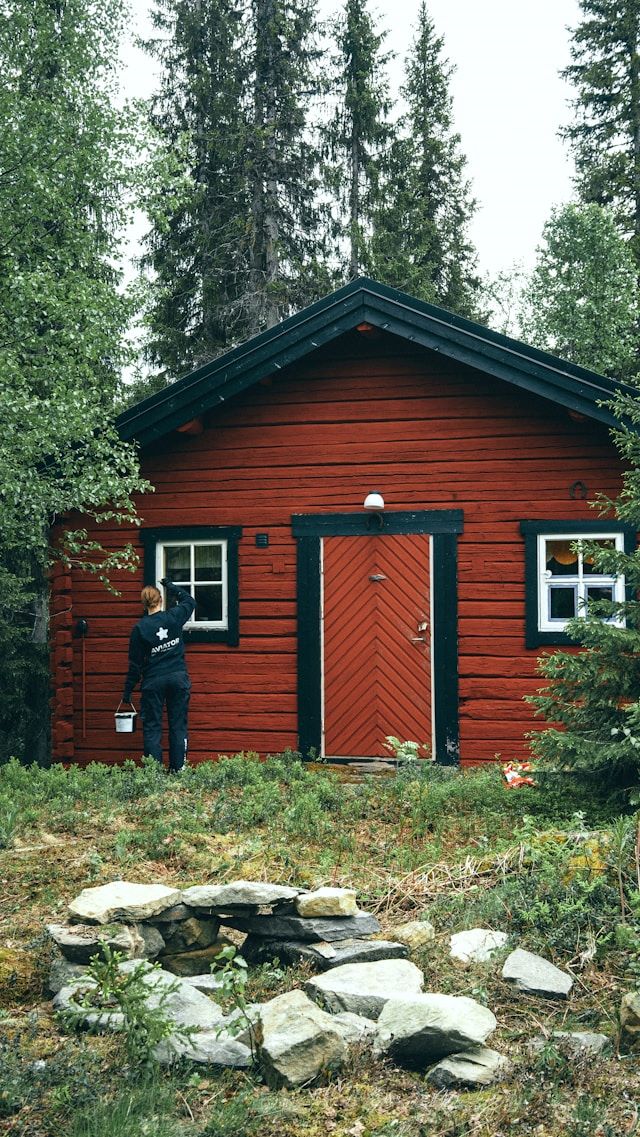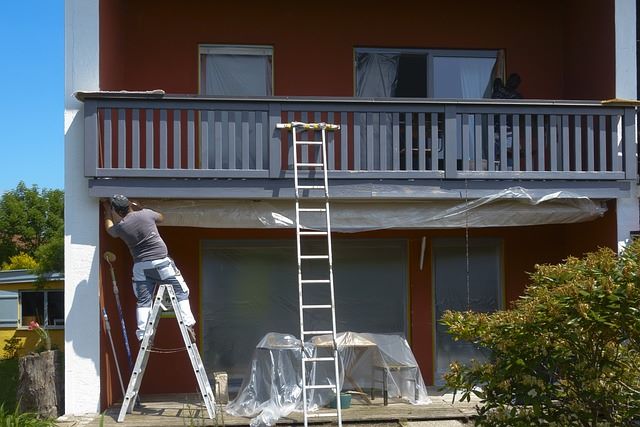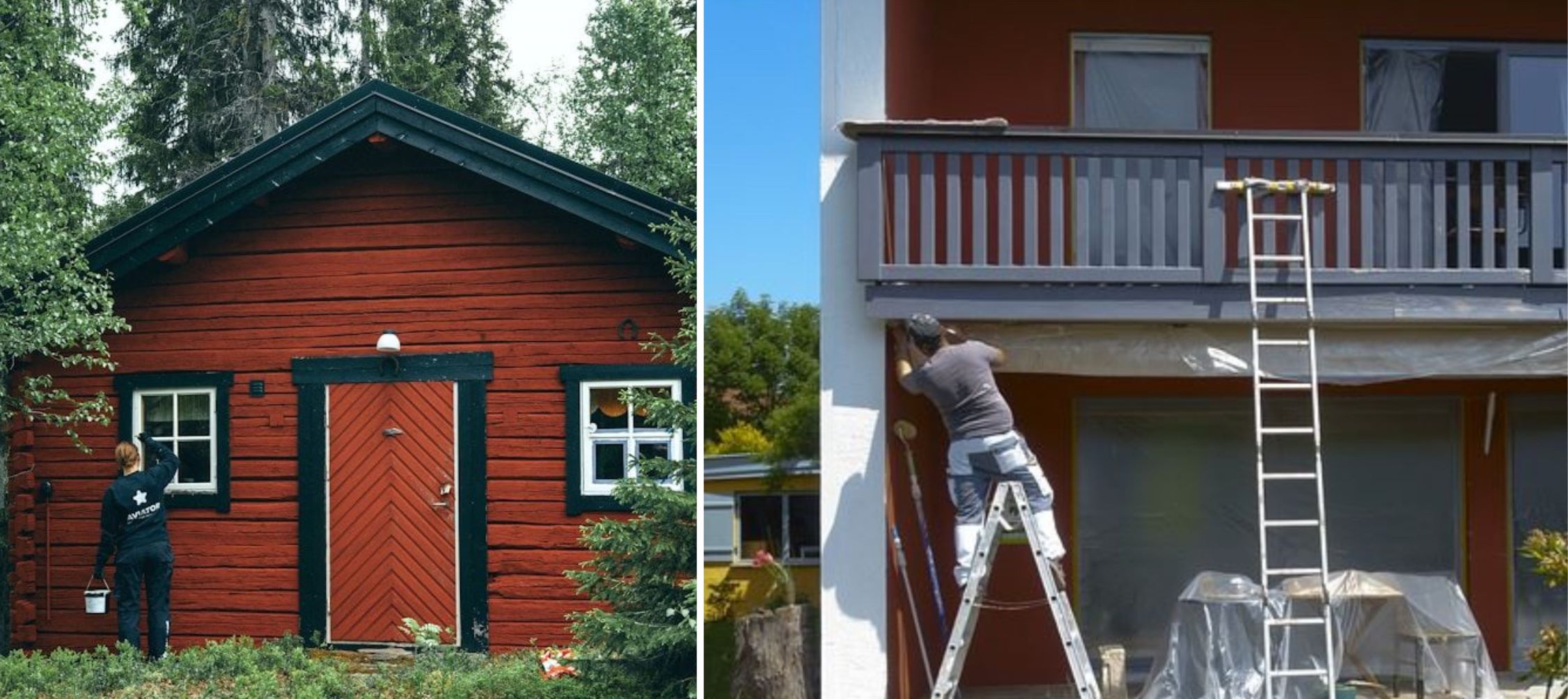As the saying goes, first impressions are everything. This is especially true regarding the exterior of your home or business. Whether you’re trying to sell your property or simply want to maintain its curb appeal, having a well-maintained and durable exterior paint job can make all the difference. But with the constant exposure to harsh elements such as sun, rain, wind, and even pollution, how do you ensure that your paint holds up over time?
Today, we will dive into some of the best practices for exterior paint durability so that you know exactly what it takes to weatherproof your property’s appearance. From choosing high-quality paints to proper preparation techniques and maintenance tips, we’ve got you covered for all things related to protecting your exterior walls from the elements.
How to Protect Your Exterior Paint from the Elements
Protecting your exterior paint from the elements is crucial for maintaining your property’s aesthetic and structural integrity. The right approach not only guards against weather deterioration but also extends the life of your paint job, saving you time and money in the long run. Below, we explore several proven strategies to keep your exterior pristine under various environmental conditions.
Choose High-Quality Paint
Opting for premium quality paint is foundational to ensuring durability. High-quality exterior paints are formulated with binders and pigments that resist fading, chalking, and blistering under extreme weather conditions. Look for products specifically designed for outdoor use, with UV protection and moisture resistance properties.

Prioritize Proper Surface Preparation
The longevity of your paint job significantly depends on the effort put into surface preparation. Before applying any paint, ensure the exterior surface is clean, dry, and free of peeling paint or rust. Using a primer is also essential, especially on new surfaces or where repairs have been made, as it helps the paint adhere better and provides an extra layer of protection.
Apply Paint During Suitable Weather Conditions
Painting your exterior under optimal weather conditions can make a considerable difference. Avoid painting in extreme heat, cold, or humidity, as these can affect how the paint dries and adheres to the surface. The best time for exterior painting is on a dry day with mild temperatures.
Perform Regular Maintenance
Regular maintenance is critical to extending the life of your exterior paint. Inspect your property annually for any signs of damage, such as cracks, mildew, or peeling paint, and address these issues promptly. Clean your exterior walls periodically to remove dirt and pollutants that can wear down paint over time.
Utilize the Right Painting Tools and Techniques
Using the correct tools and techniques is essential for a durable, even paint job. High-quality brushes, rollers, and sprayers ensure a smooth application and help the paint adhere better to the surface. To maximize the paint’s protective qualities, following the manufacturer’s recommendations for paint application, such as the number of coats required and drying times between coats is essential.
Seal Gaps and Cracks
Before painting, seal any gaps, cracks, or holes in the exterior surface. These imperfections allow moisture to infiltrate behind the paint, leading to blistering, peeling, and mold growth. Use a high-quality caulk or sealant for a watertight seal, ensuring your paint job looks professional and stands up better to the elements.
Curb Appeal Upgrade Project Cheat Sheet
A fresh coat of paint on the exterior of your home or business does more than just boost its curb appeal; it serves as a layer of protection against the elements, adds value, and expresses your style. However, specific measures and techniques should be adopted to ensure this investment lasts. Here is a “Curb Appeal Upgrade Project Cheat Sheet” with insider tips to give your property a durable and attractive exterior.
Consider the Color Choice Wisely
The color of your exterior paint profoundly impacts its longevity and how well it hides imperfections. Lighter shades reflect sunlight, reducing heat absorption and minimizing fading over time. Conversely, darker shades absorb heat, which can speed up deterioration. Additionally, choose colors that blend well with your surroundings to maintain the aesthetic cohesion of your environment.
Invest in Trim and Details
Focusing on the trim, shutters, and other architectural details can dramatically enhance the exterior’s overall appearance and durability. Select a contrasting or complementary color for these features to add depth and character. Use high-quality, weather-resistant paints for these details since they often encounter more wear and tear.
Understand the Paint’s Reflective Value
The light reflective value (LRV) of paint measures the amount of light it reflects versus absorbs. Knowing the LRV can help you predict how long your paint job will last and its thermal efficiency. Paints with a higher LRV will keep your building cooler, which is especially beneficial in warmer climates.
Regularly Update Weatherproofing Measures
Weatherproofing isn’t a one-and-done deal; it requires ongoing attention. After painting, keep an eye on the state of weatherproofing elements like caulking and sealants around windows, doors, and joints. These elements are your first defense against water infiltration, which can lead to paint damage. An annual check-up can help catch and resolve potential problems early.
Harness Professional Advice
Whenever in doubt, consulting with a professional painter or specialist can provide customized advice tailored to your property’s specific needs, location, and environmental exposure. They can recommend the best products, preparation techniques, and maintenance practices for optimum results, ensuring that your exterior paint job stands the test of time and elements. Hiring a professional for exterior painting services can save you time, money, and headaches in the long run.

In Summary
Your exterior paint job is a crucial line of defense against the elements, and proper maintenance can significantly extend its life. Invest in high-quality products, prioritize surface preparation, and use suitable weather conditions for application. Regular inspection and maintenance are essential to catch any issues early on.
Utilize the right tools and techniques, seal gaps and cracks, choose colors wisely, and consider professional advice for a long-lasting and appealing exterior. With these tips in mind, your property’s curb appeal will continue to impress.








